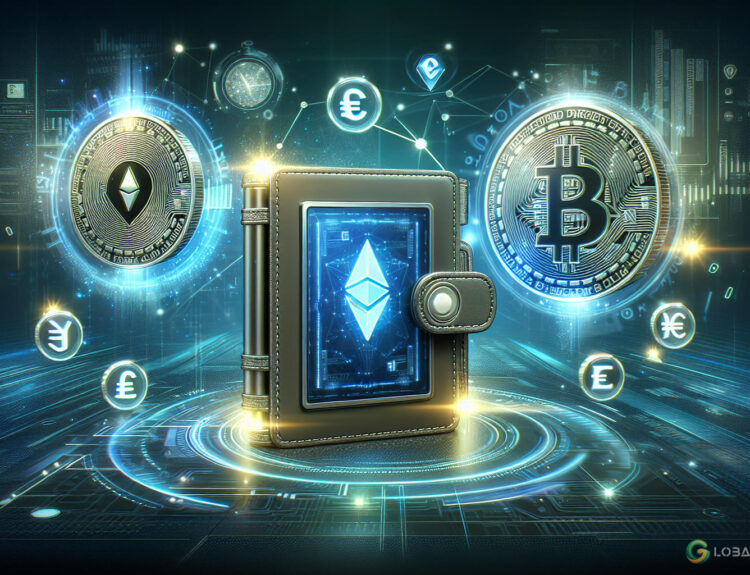Disclosure: The views and opinions expressed here belong solely to the author and do not represent the views and opinions of crypto.news’ editorial.
Cryptocurrencies were once a niche interest, with the average person only hearing about them during Bitcoin price surges. Those passionate about crypto navigated with limited options to convert digital coins into fiat and vice versa.
Fiat Integration in Crypto Platforms
However, those days are behind us. As crypto products gain popularity, many platforms that were previously confined to web3 are now integrating fiat bridges to attract new users.
Challenges for Non-Crypto Users
Consider a typical web3 product aiming to disrupt its niche and go mainstream. It might describe its solution and how blockchain revolutionizes traditional methods. Then, it asks users to connect their web3 wallet and ensure they have enough Ethereum for gas fees. If they don’t, they must set up an account on a centralized exchange to purchase some.
This process is overly complicated for a regular non-crypto user. Centralized exchanges (CEXes) remain the primary way to convert fiat to crypto, yet their cumbersome interfaces can overwhelm newcomers. Even experienced users find CEXes inconvenient due to multiple confirmations and extra fees when withdrawing funds to an external platform. This friction complicates the user’s journey into web3.
The Need for Fiat Gateways in DEXes
Some might argue that web3 projects targeting the mainstream and blockchain-native platforms don’t need fiat. For example, decentralized exchanges (DEXes) allow enthusiasts to swap various tokens earned through airdrops and bounty campaigns. But is this really the case?
In practice, not quite. For instance, Uniswap introduced its fiat-to-crypto bridge in December 2022, partnering with various providers to expand opportunities for its users. This move demonstrated that DeFi projects couldn’t reach the next level without opening channels for traditional economic inflows. It also strengthened Uniswap’s value proposition, offering more opportunities for safe trading in a decentralized environment.
Memecoins offer another example. During the memecoin frenzy in 2024, these assets caught the attention of traditional investors. Many turned to centralized exchanges due to a lack of other options. However, Shiba Inu integrated a fiat on-ramp, allowing users to purchase the token directly into their wallets. This provided an easy way for investors to buy the asset and increased the token’s value and utility.
User Demand and Infrastructure Readiness
The efforts of leading crypto platforms to integrate on- and off-ramps highlight user demand and indicate that the infrastructure for fiat-to-crypto bridges is now ready. Setting up an on-ramp can take just a few days using pre-built software that supports multiple countries, payment methods, and national currencies. Good gateways are fully licensed in many regions, alleviating compliance concerns for their clients.
Some argue that crypto-native platforms don’t need fiat bridges because few people have used them so far. But this could be due to the limited availability of such bridges.
Making Crypto More Accessible
The goal is to make crypto more accessible without reinventing the wheel. It’s about removing the friction for those wanting to use their fiat in the crypto world. There was a time when fiat and blockchain realms barely intersected. However, as they continue to converge, tighter integration between traditional and digital currencies will facilitate faster crypto adoption.
“We constantly think of how to make crypto more accessible.”
Konstantins Vasilenko is a co-founder of Paybis, a pioneering fintech startup in the Baltic States. With over 20 years of experience in enterprise IT project management, CRM systems, blockchain technology, digital payments, and cryptocurrencies, Konstantin has been a leader in bridging traditional finance and the crypto economy.
#CryptoBulls #CryptoTech
























